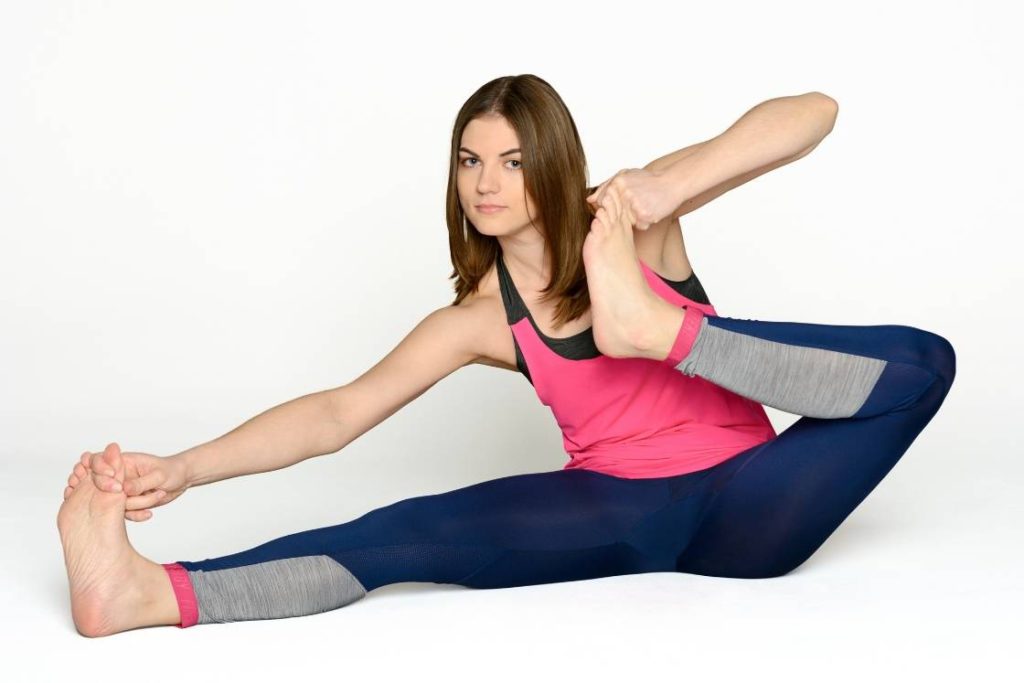
In Akarna dhanurasana pose, the foot is pulled back towards the ear (Karna) resembling an archer’s shooting bow (Dhanur). It’s an intermediate pose mentioned in traditional hatha yoga texts. Stretching legs in this pose enhance the overall flexibility of the body.
It is performed dandasana like sitting position on the floor stretching the legs, arms, and spinal muscles. It requires great strength and balance to hold the pose.
Performing the archer’s pose requires the practitioner to grasp both the big toes of extended legs with hands. This is followed by pulling one of the foot back flexing the respective knee and elbow. The leg is further stretched so that the foot reaches the ear and finally extend the leg up vertically.
Meaning and Interpretation
Akarna dhanurasana is derived from Sanskrit where “Karna” refers to “ear”, “dhanura” means “bow”, and “asana” is “pose”. The term “Karna” has “A” as a prefix which means “near” or “towards.
To attain the posture, the yogi draws one of the feet towards the ear while the second leg stays extended forward on the ground. While pulling the one foot towards the ear, the body posture resembles a bow arched to discharge the arrow.
This pose is also known by the names of shooting bow pose, archer pose, or bow-and-arrow pose.
Origin
The pose was illustrated in Svatmarama’s Hatha Yoga Pradipika as dhanurasana. Besides this, it is described with the same name in the 19th century in Sritattvanidhi.
However, in modern yoga, it is way too different from the dhanurasana that you might be familiar with. 1966’s publication Light on Yoga by B.K.S Iyengar described this asana by the name of Akarna dhanurasana.
Symbolic Representation
Mundaka Upanishad (2.2.4) reflects akarna dhanurasana’s symbolic representation. According to it, archery is used as a metaphor for spiritual practice.
The Om mantra is enchanted as the bow and the yogi is taken as an arrow with his/her senses assumed as the string. The target of the archery here is fixed as the supreme power, God.
By pulling the string the practitioner withdraws the senses from the surroundings reaching the meditative state. Regular practice of the archer pose makes the practitioner, focused to a point like an arrow.
With this energetic concentrated state, it is easier to acquire unison with the target (i.e. God)- that defines yoga.
Practice Guide of Akarna Dhanurasana
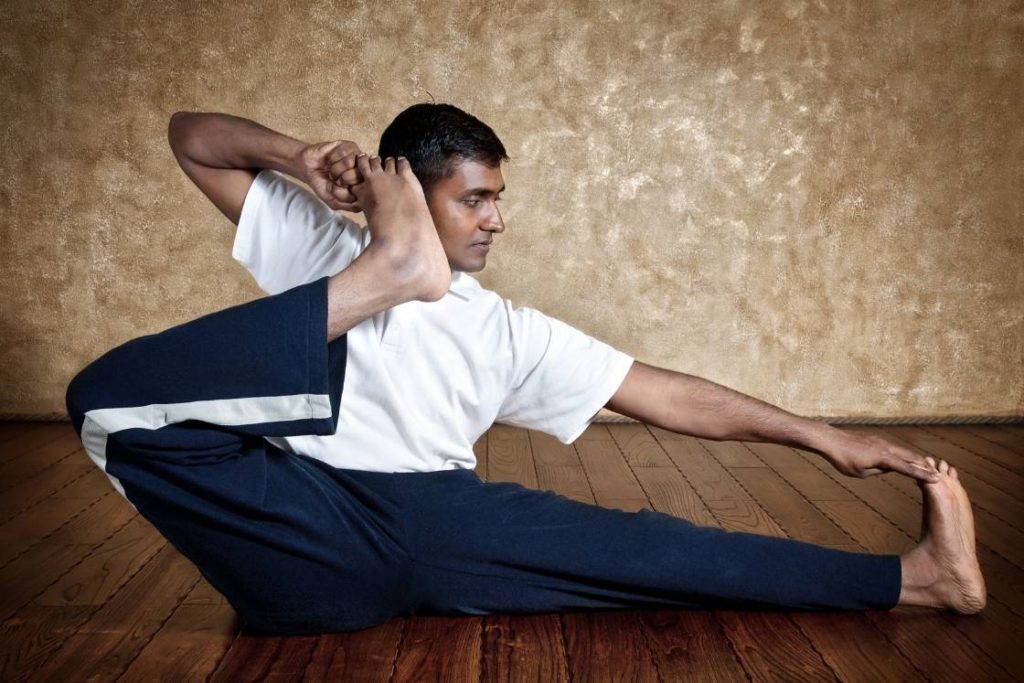
Contraindications
- Women during pregnancy and menstruation must avoid this pose.
- It should not be performed with an injury in the shoulders and hamstrings.
- People with a herniated disk or lower back issues must avoid this asana.
- Avoid it while recovering from a recent surgery around the shoulders, spine, arms, or hips.
Preparatory Poses
- Reclining Hand-to-Big-Toe Pose (Supta Padangusthasana)
- Boat Pose (Paripurna Navasana)
- Garland Pose (Malasana)
- Half Boat Pose (Ardha Navasana)
- Bound Angle Pose (Baddha konasana)
How to Do Akarna Dhanurasana (Steps)
- Begin sitting in dandasana.
- Hold both the big toes by wrapping the thumb, index, and middle fingers around them.
- Exhale, lift the left foot flexing the elbow and knee.
- Inhale and then exhale pulling the left foot up until the heel reaches the left ear.
- Simultaneously, draw the left arm back from the shoulder.
- Keep holding the right toe with the right hand keeping the right leg straight.
- Hold the pose for 15 to 20 seconds breathing normally.
- Exhale pull the left leg further extending the leg up vertically.
- Inhale, and as you exhale draw the leg backward until it touches the left ear. Holding both the toes maintain integrity and balance.
- Stay in the pose for 10-15 minutes breathing normally.
- Exhale and bend the left knee to bring the heel to the ear.
- Then, bring the left leg to the floor extending both the legs forward.
- Repeat the pose lifting the right leg and keeping the left on the floor.
- Once done on both sides, release the hands and legs to relax.
Precautions
- While holding the pose do not bend the knees.
- The lower leg must be kept straight and firm on the floor.
- Do not lose the grip on the big toes throughout the pose.
Follow-up Poses
- Seated Forward Bend (Paschimottanasana)
- Corpse Pose (Shavasana)
Props and Modifications
- Chair – After sitting in dandasana place a chair beside you near your shoulder. Lift the leg holding the big toe and as it reaches near the ear, rest the foot on the chair.
- Yoga strap – Sit near a wall and tie a yoga strap forming a loop overhead. Perform the asana and rest the arch of the lifted foot within the loop as you extend the leg vertically.
- Alternatively, a yoga strap can be used to grab the lower foot. Wrap the strap around the foot of the rested leg. Hold the strap to keep grabbing the foot and lift and extend the other leg up as described.
- Against a pillar – Sit beside a pillar in dandasana. Hold your next to the pillar leg to extend upward. As you straighten it up, rest its heel on the pillar. This maintains the pose more steadily.
Variations
- Akarna Dhanurasana Standing – This variation is practiced in kundalini yoga as a kriya.
To perform this, legs are bough into the warrior pose like position. Then the right hand is extended forward (parallel to the right knee) and the left arm is pulled back at the left shoulder; making archer’s like pose. - Baddha Akarna Dhanurasana – Baddha means bound. In this variation, after attaining archer’s pose, both hands are wrapped around the back stretched leg so that it can be extended upward with hands support.
- Akarna dhanurasana II – Sit in dandasana. Bend the left knee and place the left foot on the right thigh. Hold the left big toe with the right hand wrapping the thumb, index, and middle finger. Hold the right big toe with the left hand. Lift the left foot with the right hand to draw it closer to the right ear. Then, repeat it alternating the hands and legs.
- Akarna dhanurasana advanced variation – Sit in dandasana and lift the left leg placing it behind the neck. Hold the leg with the left hand with thumb near the ankle. Switch the hands to hold the left foot with the right hand. Turn towards the right and stretching the left arm hold the right toes. Simultaneously lift the left arm to hold the left toes. Then, release and repeat switching the legs.
Therapeutic Applications
- Akarna dhanurasana has remedial effects on the backache.
- It stretches the shoulders therefore it has been found beneficial in treating frozen shoulders. [efn_note] Effect of yogic asana on Adhesive capsulitis (frozen shoulder) to increasing the internal rotation https://www.kheljournal.com/archives/2016/vol3issue5/PartD/3-5-14-629.pdf [/efn_note]
- This pose is beneficial in curing sciatica.
- Perform this asana to alleviate menstrual discomfort, irregularity, and lower abdomen pain.
- It makes the joints flexible thus it is beneficial in treating rheumatoid arthritis.
- Patients with asthma must perform the pose as it improves breathing capacity.
- It has relieving effects on those who are suffering from tuberculosis, cough, or tonsillitis.
- Akarna dhanurasana improves digestion and cures constipation.
- This pose cures gout or any leg pain.
- It also has the potential to cure armpit tumors or lumps.
- Any pain experienced in the loins can be relieved by performing this pose.
Akarna Dhanurasana Benefits
1. Strengthens the legs and arms
Akarna dhanurasana stretches the leg muscles intensely. Along with legs, the joints of arms including shoulders and elbows are also exercised while performing the pose. It improves the blood flow to these muscles, hence makes them stronger.
2. Tones the abdomen
The core muscles are also stretched while holding archer’ss pose. It stimulates the abdominal organs. It burns the fat around the abdomen and tones the abdominal muscles.
The stimulation of the internal organs also improves digestion.
3. Improves hips and spine flexibility
Akarna dhanurasana is performed sitting on the floor lifting the leg against gravity. It opens the hips by stretching the hip flexors. The spine is kept erect and stimulated from the lower back to the crown of the head.
Expanding the spinal muscles and opening the hips, it enhances flexibility.
4. Improves blood circulation
This asana also opens the chest and enhances heart efficiency. It increases the blood flow in the hips, knees, and abdominal region. The opening of the heart improves the overall functioning of the circulatory system.
5. Improves the efficiency of kidney and liver
The posture exerts pressure on the internal organs like the kidney, liver. It massages these organs. Besides these, the function of the spleen is also stimulated.
It improves the immune system. Enhanced functioning of the liver and kidney filters the blood and eliminates toxins from the body.
6. Improves concentration
Akarna dhanurasana is a challenging posture that requires mindfulness to balance the body. While holding the posture the brain is kept balanced and still. It improves the focus and concentration power of the practitioner.
7. Stimulates sacral chakra
Holding this pose exerts pressure on the lower abdomen. It activates the Svadhisthana (sacral) chakra. This enhances the creativity, emotional well being, and sensuality of the yogi.
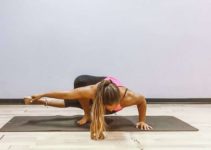
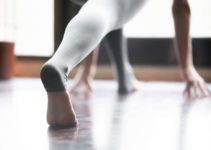
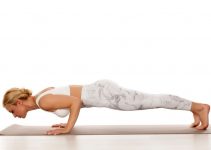

 Oct 24th to 30th
Oct 24th to 30th Learn Mudras
Learn Mudras  Deepen Your Practice
Deepen Your Practice  Find Inner Peace
Find Inner Peace
Could you pl. Guide whether Glaucoma patient practice Akarna Dhanurasans?